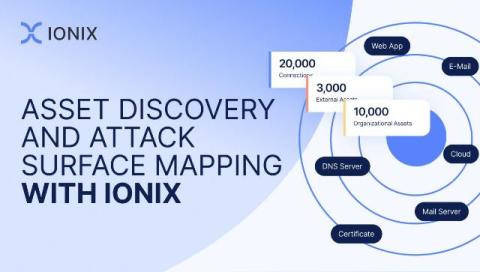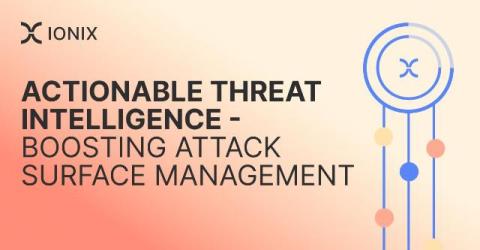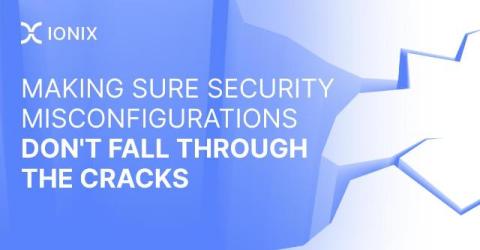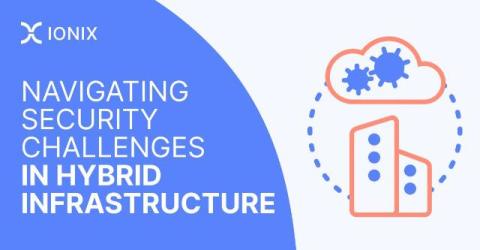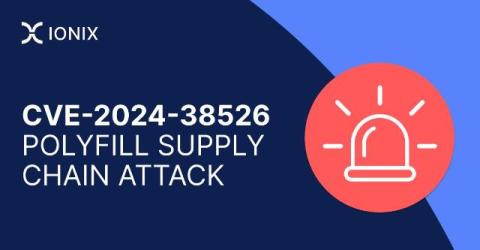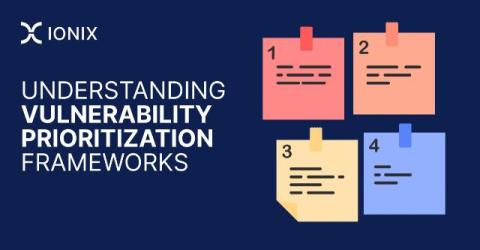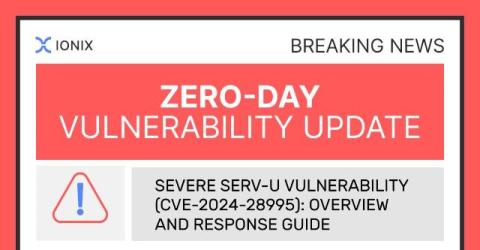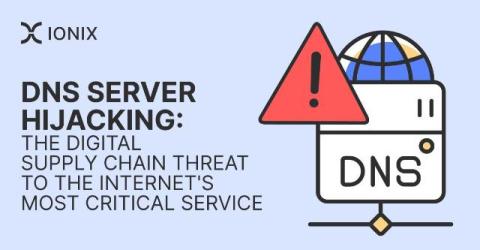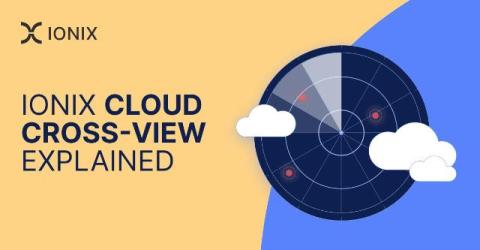Network Vulnerabilities Assessment: Benefits & Steps
Securing a network against cyber threats requires a thorough understanding of its vulnerabilities. A vulnerability assessment is a detailed process aimed at identifying, evaluating, and ranking potential weaknesses within a network setup. From examining configurations to assessing access controls, this assessment dives deep into every aspect of the network to uncover areas of vulnerability.



